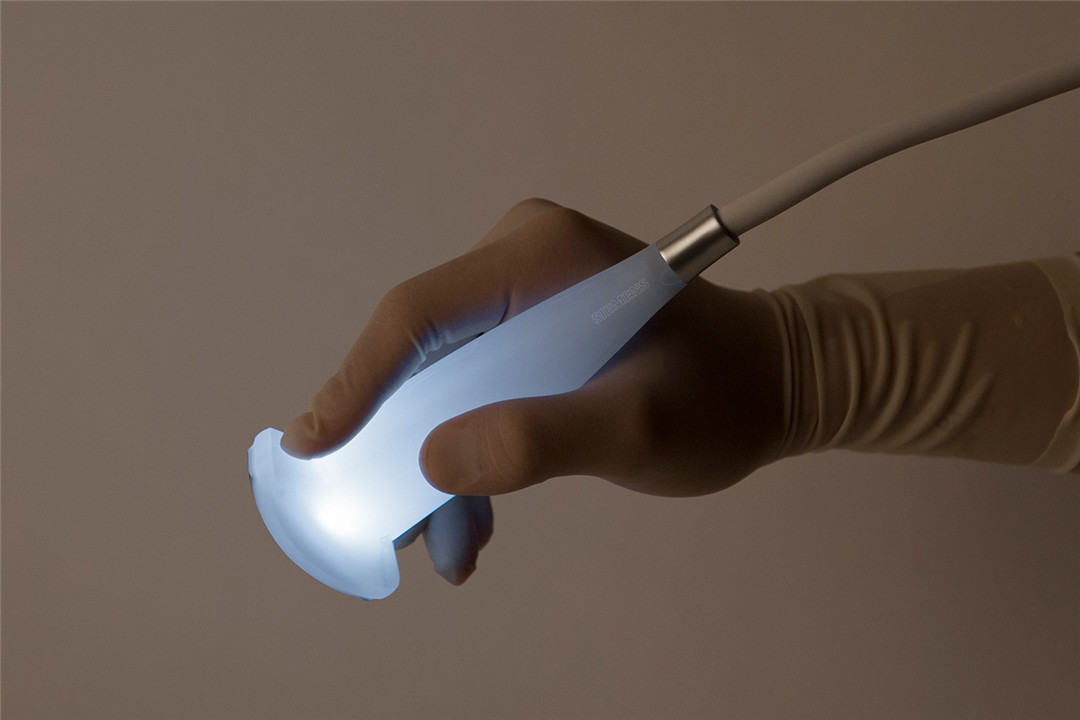With the rapid development of various fields, ultrasonic detection technology is also developing rapidly. Imaging technology, phased array technology, 3D phased array technology, artificial neural network (ANNs) technology, ultrasonic guided wave technology are gradually mature, which promotes the development of ultrasonic detection technology.
At present, ultrasonic testing is widely used in petroleum, medical treatment, nuclear industry, aerospace, transportation, machinery and other industries. The future research development direction of ultrasound detection technology mainly includes the following two aspects:

Ultrasound itself technical study
(1) Research and improvement of ultrasound technology itself;
(2) Research and improvement of ultrasound-assisted technology.
Ultrasound itself technical study
1. Laser ultrasound detection technology
Laser ultrasonic detection technology is to use the pulsed laser to produce the ultrasonic pulse to detect the workpiece. The laser can stimulate ultrasonic waves by producing a thermal elastic effect or using a intermediary material. The advantages of laser ultrasound are mainly reflected in three aspects:
(1) Can be long distance detection, laser ultrasound can be long distance propagation, the attenuation in the propagation process is small;
(2) Non-direct contact, do not need direct contact or close to the workpiece, detection safety is high;
(3) High detection resolution.
Based on the above advantages, laser ultrasonic detection is especially suitable for real-time and on-line detection of the workpiece in a harsh environment, and the detection results are displayed by rapid ultrasonic scanning imaging.
However, laser ultrasound also has some disadvantages, such as ultrasonic detection with high resolution but relatively low sensitivity. Because the detection system involves laser and ultrasonic system, the complete laser ultrasonic detection system is large in volume, complex in structure and high in cost.
At present, laser ultrasound technology is developing in two directions:
(1) Academic research on the laser ultrafast excitation mechanism and the interaction and microscopic characteristics of laser and microscopic particles;
(2) Online positioning monitoring in industrially.
2. Electromagnetic ultrasonic detection technology
Electromagnetic ultrasonic wave (EMAT) is the use of electromagnetic induction method to stimulate and receive ultrasonic waves. If the high frequency electricity is circulated into a coil near the surface of the measured metal, there will be an induced current of the same frequency in the measured metal. If a constant magnetic field is applied outside the measured metal, the induced current will produce a Lorentz force of the same frequency, which acts on the measured metal lattice to trigger the periodic vibration of the crystal structure of the measured metal, to stimulate ultrasonic waves.
Electromagnetic ultrasonic transducer is composed of high-frequencycoil, external magnetic field and measured conductor. When testing the workpiece, these three parts participate together to complete theconversion of the core technology of electromagnetic ultrasound between electricity, magnetism and sound. Through the adjustment of the coil structure and placement position, or the adjustment of the physical parameters of the high-frequency coil, To change the force situation of the tested conductor, thus producing different types of ultrasound.
3. Air-coupled ultrasound detection technology
Air coupled ultrasonic detection technology is a new non-contact ultrasonic nondestructive testing method with air as the coupling medium. The advantages of this method are non-contact, non-invasive, and completely non-destructive, avoiding some disadvantages of traditional ultrasound detection. In recent years, air-coupled ultrasonic detection technology has been widely used in the defect detection of composite materials, material performance evaluation, and automatic detection.
At present, the research of this technology mainly focuses on the characteristics and theory of air coupling excitation ultrasonic field, and the research of high efficiency and low noise air coupling probe. The COMSOL multi-physical field simulation software is used to model and simulate the air-coupled ultrasonic field, so as to analyze the qualitative, quantitative and imaging defects in the inspected works, which improves the detection efficiency and provides beneficial exploration for the practical application of non-contact ultrasound.
Study on ultrasound-assisted technology
Ultrasound-assisted technology research mainly refers to it on the basis of not changing the ultrasound method and principle, on the basis of using other fields of technology (such as information acquisition and processing technology, image generation technology, artificial intelligence technology, etc.), the technology of ultrasonic detection steps (signal acquisition, signal analysis and processing, defect imaging) optimization, so as to get more accurate detection results.
1. Nerual network technology
Neural network (NNs) is an algorithmic mathematical model that imitates the behavioral characteristics of animal NNs and performs distributed parallel information processing. The network depends on the complexity of the system and achieves the purpose of processing information by adjusting the connections between a large number of nodes.
2. 3 D imaging technique
As an important development direction of ultrasonic detection auxiliary technology development, 3 D imaging (Three-Dimensional Imaging) technology has also attracted the attention of many scholars in recent years. By demonstrating the 3D imaging of the results, the detection results are more specific and intuitive.
Our contact number: +86 13027992113
Our email: 3512673782@qq.com
Our website: https://www.genosound.com/

Post time: Feb-15-2023







